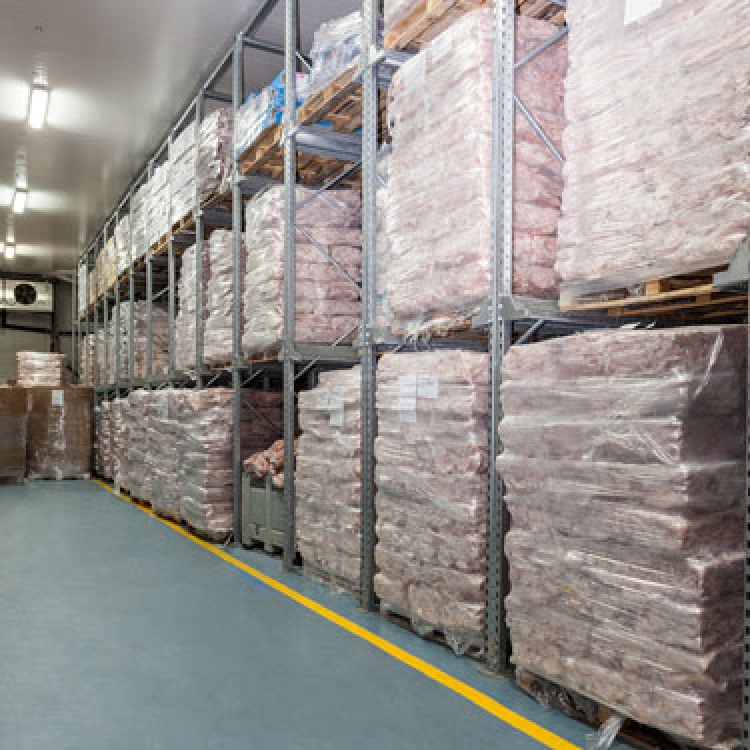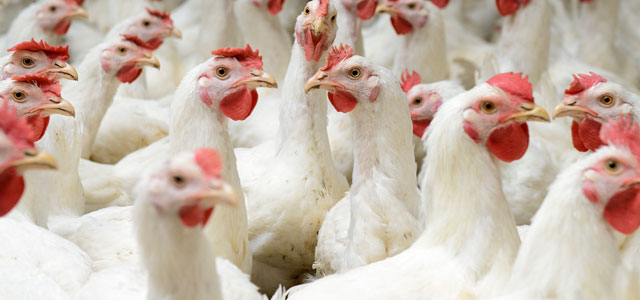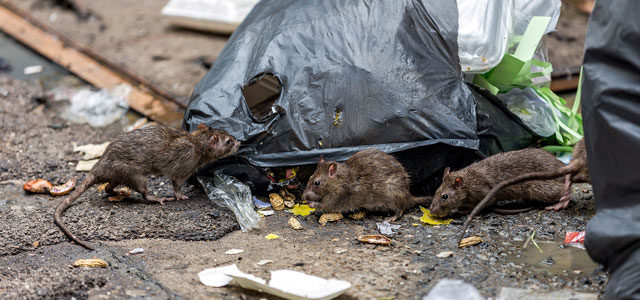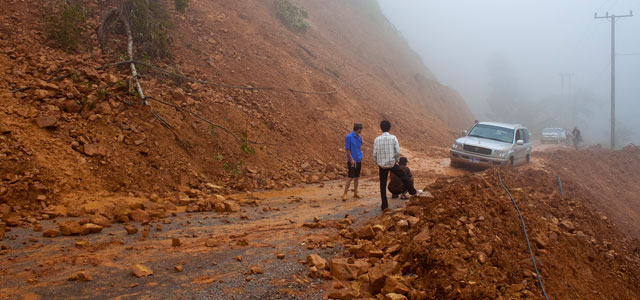Food and agriculture: the top 5 supply chain risks and how to manage them

Supply chain risk is one of the biggest challenges for firms in the food and agricultural sector. Simon Lusher from JLT Speciality looks at how to tackle the biggest problems.
1. Non-damage business interruption
Non-damage business interruption losses that emanate from a problem with a supplier have attracted a lot of attention in recent years as a result of Avian Flu. For a farmer, a poultry processor, an egg supplier, or if you rely on eggs as an ingredient, then an outbreak of Avian Flu could be crippling.
A lot of non-damage business interruption policies will not pick up all of the losses from an Avian Flu outbreak and while there may be some level of non-damage business interruption insurance in supplier extension wordings, this is unlikely to be sufficient to cover the losses incurred. Similarly, denial of access extensions will offer some cover, but it will not be comprehensive.
One of the issues is that property insurers writing policies for the food and agri sector are not comfortable with either pricing or taking on pandemic exposures.
We are exploring how specialist poultry/ livestock underwriters can provide non-damage business interruption policies that better meet the needs of operators in the market and offer insurance solutions that have fewer exclusions. However, it remains vital that firms understand the events that might affect them and have alternative supply chain options available in the event of a problem.
2. Food security fraud

The recent poultry scandal in Brazil has drawn a lot of attention to food security and the widespread problems with horsemeat are still fresh in the industry's mind.
There are also more benign issues that arise. For example, certain products such as extra virgin olive oil and Manuka honey attract high prices and are therefore targeted by criminals who substitute or adulterate with inferior quality oil or honey and then sell, under false pretences, as a premium product.
Such events can create significant losses for businesses, but as standard product recall policies are triggered by bodily injury or physical damage, insurance policies do not respond. In recent years, companies have taken steps to try and simplify their supply chain to avoid such problems. Thorough supply chain mapping is one way they can go about mitigating their exposures and ensuring their reputation is not damaged.
Considerable work has been done by governments to improve regulation and checks on imported and exported products. However, it remains unclear if Brexit could lead to some level of deregulations, establishment of new trade deals and different certification standards.
This situation could create uncertainty that unscrupulous firms might look to exploit. As such the industry will have to be even more mindful about counterfeit ingredients in the months and years ahead.
3. Political risks

Some of the most commonly traded commodities in the sector, such as cocoa, coffee and soya beans, come from countries that do not have long-term stable governments in place.
Even where a stable political leadership is in place, recent election results including Donald Trump's victory in the US and the UK's decision to leave the European Union, can lead to significant policy changes that affect established relationships, import/export duties and trading quotas.
The insurance industry has well-developed wordings to help companies cope with political risk exposure. Furthermore, with the increased investment by banks in third world and emerging markets, financial institutions are more concerned about their exposures which is driving demand for political risks cover.
4. Contamination of stock

Whether through your own actions or those of a third party, stock can rot, deteriorate or become contaminated. Stock throughput insurance cover essentially takes the storage risk out of a property policy and puts it into a cargo policy. Cargo wordings are broader and offer enhanced cover, including, for example, deterioration, infestation and vermin.
Stock throughput cover will respond to losses from the contamination or deterioration of goods in transit, but it will only pay for the value of the goods in question. It will not pick up the onward costs of business interruption.
If the problem has arisen because of the actions of a third party supplier then your contract may offer recourse to compensation and you may be able to claw back financial losses through legal action. However, pursuing such legal action can be time consuming and costly depending on where suppliers are located.
5. Extreme weather

Increasingly erratic weather patterns have created an added layer of complexity for firms in the food and agri sector trying to manage their supply chain risk. Where flooding, hurricanes or droughts are normal weather conditions for operators in the supply chain, it is possible to implement effective defences for all but the most severe events.
For example, recent heavy rainfall in the highlands of Peru caused landslides on a daily basis, when there are normally three of four annually. The landslides took out roads cutting off supply routes to the rest of the country, and the limited infrastructure meant there were no alternative routes to transport goods out of the area.
A supply chain interruption policy will offer some cover for these events, but many companies do not have such insurance as they often believe they will not hit their own supply chains. Companies need to have alternative supplier options available to overcome such issues and to assess what costs their balance sheet could support when implementing these secondary arrangements.

Simon Lusher is head of food & agri at JLT Specialty.
